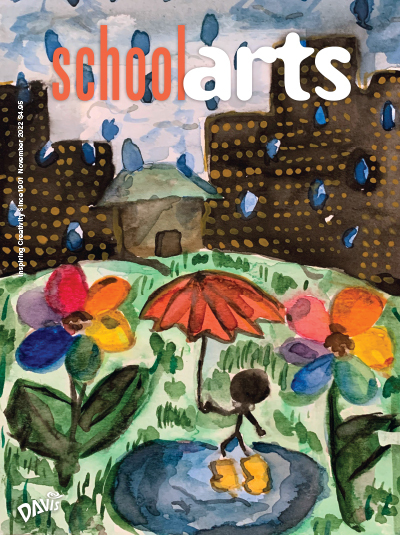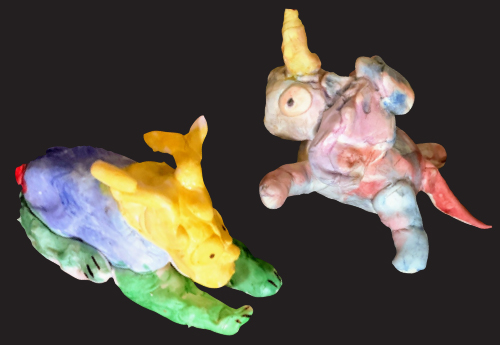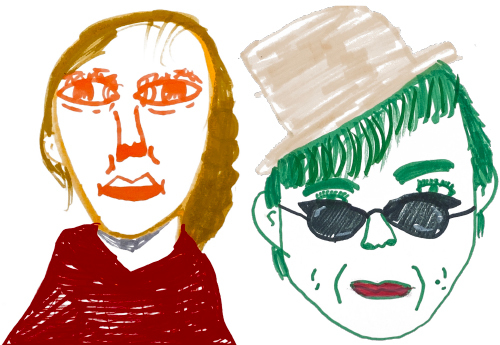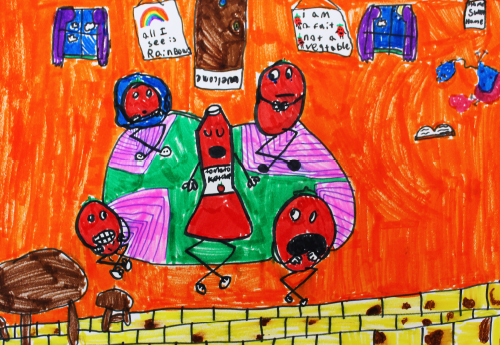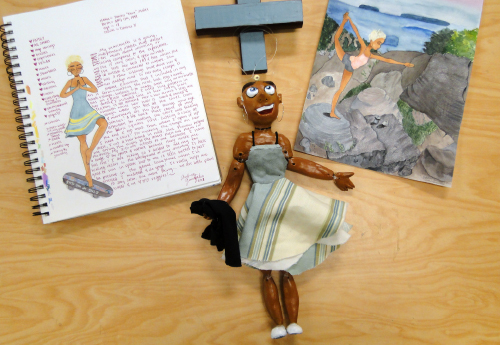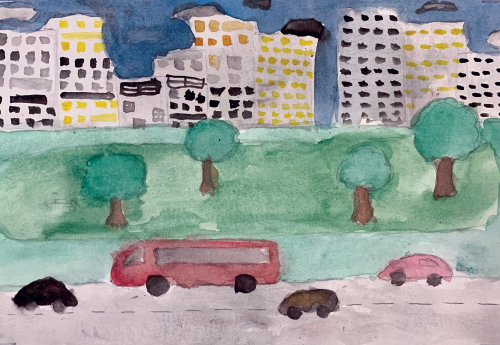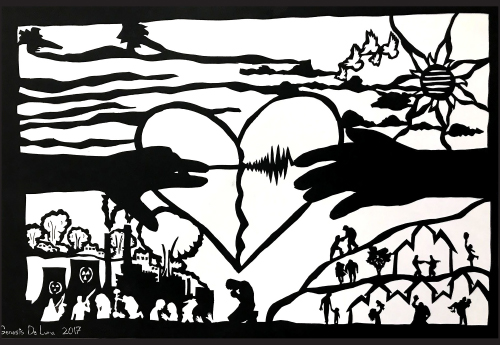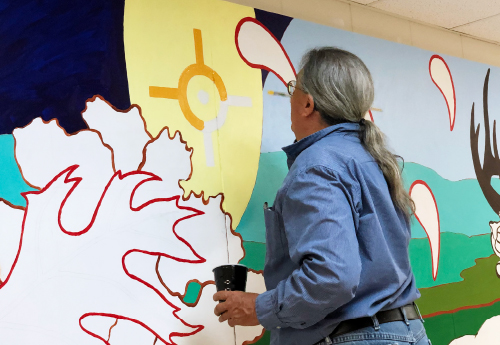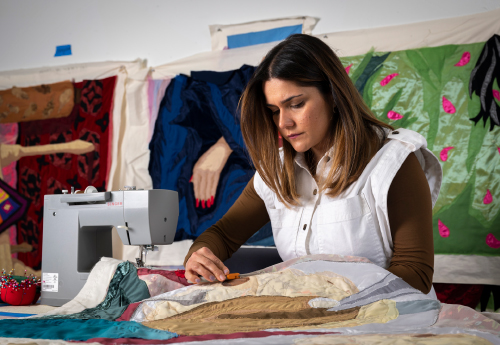
Editor’s Letter: Story
You can find stories wherever you look. This past March, I visited Canyon de Chelly National Monument near Chinle, Arizona, on Navajo tribal lands. The history of peoples in the canyon, Hopi and Navajo, goes back thousands of years and countless images remain from each of these cultures. Their stories are told through petroglyphs (carved or pecked images) and pictographs (painted images). We don’t need a written language to interpret them—the image is enough. Telling stories is how we understand our lives. What stories will your students tell through art?
Read Article
